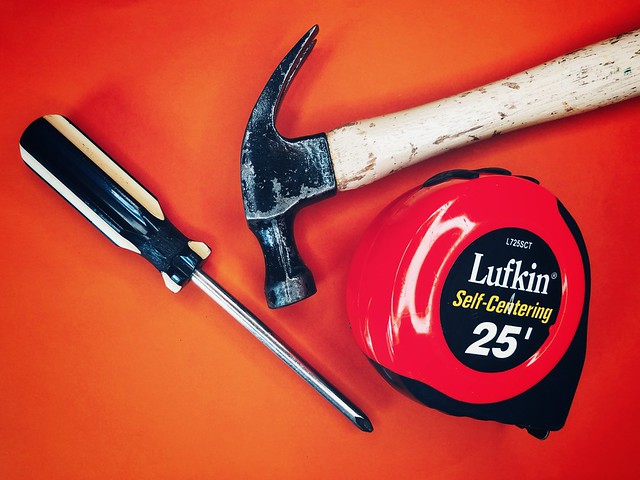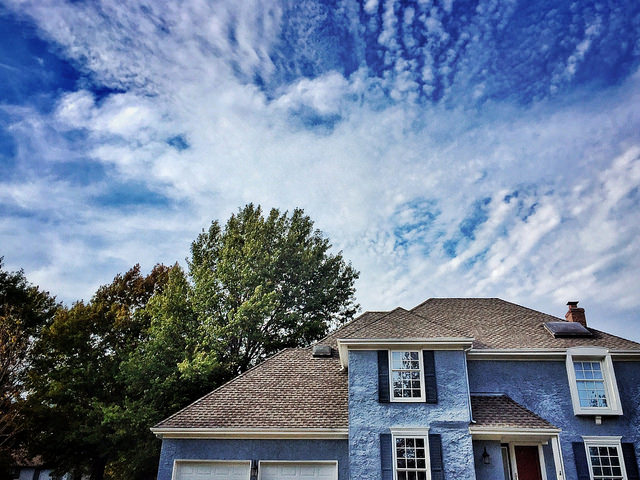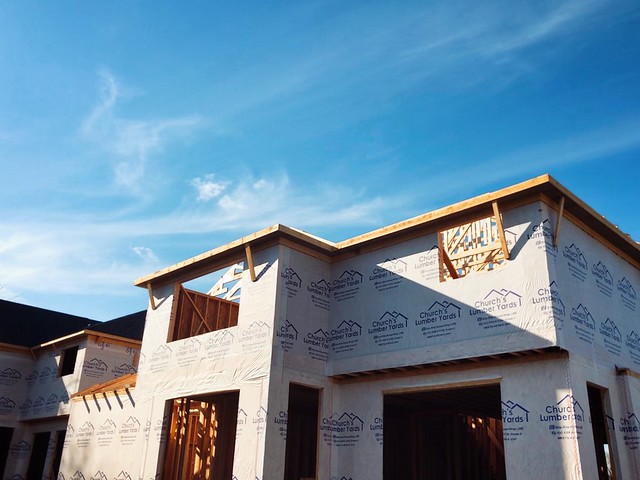Home insurance isn’t required by law but, most likely, your lender’s going to require it to get a mortgage. Even if they didn’t, it’d probably be in your best interest to have some coverage. After all, the most common home insurance claims are damage from wind, hail, water, fire, and lightning. In other words, wherever there’s weather, there’s a need for insurance. But while it’s necessary, it isn’t the first thing most buyers think of when considering the cost of owning a home. So what do home insurance rates look like these days? Well, according to one new report – which analyzed rates from every major carrier in every state – they’re in flux. Nationally, the average yearly cost is $1,766, up 2 percent from the year before. But, depending on where you live, costs may have changed a bit more dramatically. In fact, some states saw double-digit increases from the year before, while others saw declines of up to 25 percent. The price also varies wildly from state to state. The most expensive insurance was in Oklahoma, where it costs more than $3,500 annually, while in Hawaii it’s just $412 per year. In short, if you’re buying a home and haven’t already, it’s a good idea to check rates in your area. (source)













